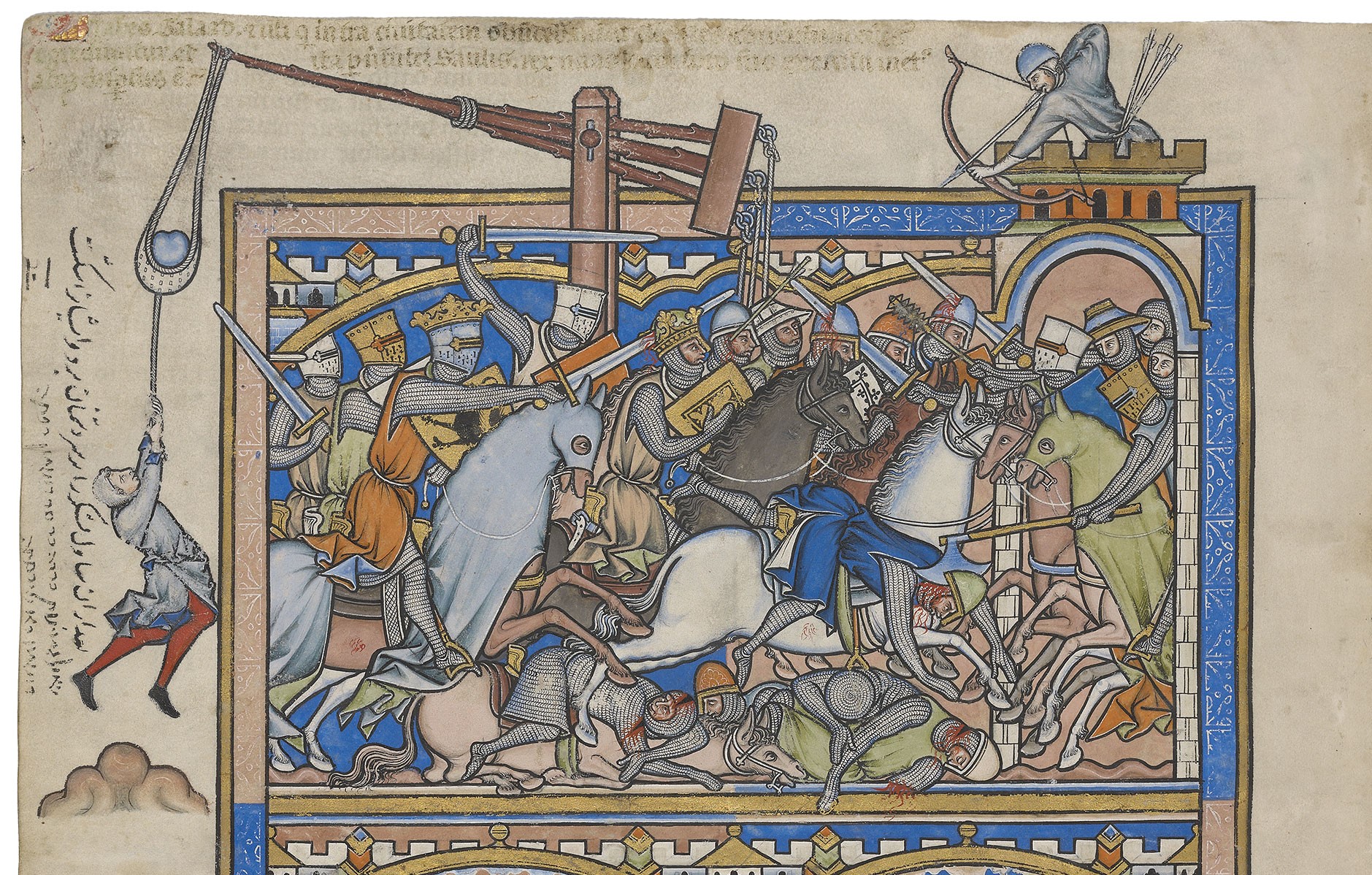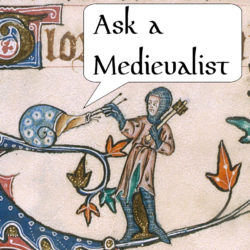Synopsis
The Mabinogi: what’s it actually about, when you get down to it? Join Em and Jesse as they discuss the first two branches, in which Pwyll meets Arawn, lord of the underworld, and has adventures; in which Pwyll meets Rhiannon and has a lot more adventures than maybe he bargained for; and in which Bendigeidran, Branwen, and Manawyden fight Ireland.
Notes
0/ Find links to Old Time Religion here, or buy it directly from Ingram Spark here. If you are seeing this during the month of July 2024, it (and Dionysus in Wisconsin) are currently 75% off at Smashwords.
1/ The Mabinogion translated by Sioned Davies (2008, Oxford University press)
The Horse in Celtic Culture: Medieval Welsh Perspectives ed. Sioned Davies and Nerys Jones (University of Wales Press, 1997)
2/ Randomly, there’s a fairly well-known professor of graphic design who shares my original surname. I don’t think we’re related.
3/ Branch one major characters:
- Arawn: Lord of Annwn, the underworld
- Pwyll: A guy (okay, he’s the Prince of Dyfed)
- Hafgan: Pwyll fights and defeats him (on behalf of Arawn)
- Rhiannon: the wife of Pwyll (but also very smart and a hero in her own right)
- Pryderi: the son of Pwyll and Rhiannon
4/ For our thoughts on The Green Knight (both story and film), hunt down Episode 60.
5/ Geoffrey of Monmouth (c1095–c1155). Extremely responsible for King Arthur mythos. See episode 60 on The Green Knight!
6/ The early modern Irish “Children of Lir“:
Different from “The Children of LLYR” (from the Mabinogion) and not related to Shakespeare’s King Lear
7/ The actual children of Llyr (from the Mabinogion):
8/ The Gundestrup caldron: this cauldron is clearly ceremonial (not for everyday use), but cauldrons generally are very communal and demonstrate the importance of being a good host
9/ A torc is a stiff metal neck ring (aka really iconic jewelry from the Bronze age through the Middle Ages, found throughout Europe from the Balkans through Celtic regions)
Podcast: Play in new window | Download

